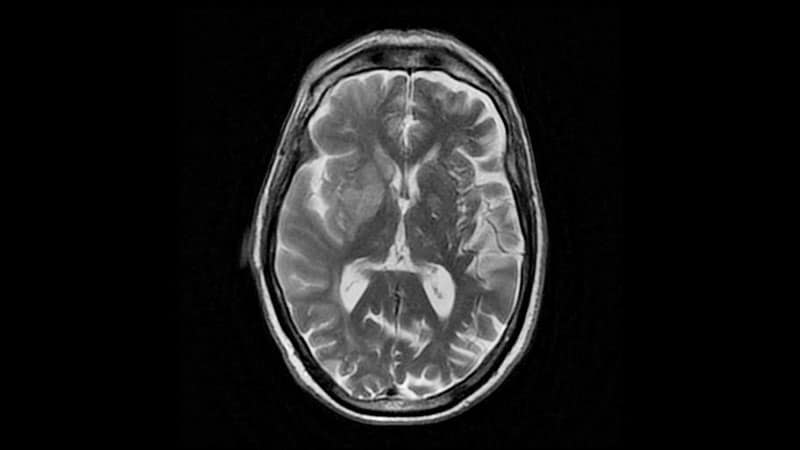Another day, another extremely ill-advised attempt to treat COVID-19: This time it’s inhaling hydrogen peroxide. In reaction, the Asthma and Allergy Foundation of America (AAFA) published a post this week warning people against the “concerning and dangerous trend” that is currently making the rounds on social media.
Some individuals are “breathing in hydrogen peroxide through nebulizers to try to prevent or treat COVID-19,” according to the AAFA. Nebulizers are small devices that people with asthma can use to turn fast-acting liquid asthma medication into a fine mist, which they can then easily inhale through a mouthpiece or mask.
The AAFA urges people not to put hydrogen peroxide, an antiseptic and bleaching agent, into a nebulizer and inhale it. “DO NOT put hydrogen peroxide into your nebulizer and breathe it in. This is dangerous!” the AAFA says. Not only will inhaling hydrogen peroxide fail to prevent or treat COVID-19, as the AAFA notes, it also poses health risks of its own.
Hydrogen peroxide is a common household chemical found in a variety of products. For instance, it is available at drugstores as a plain, diluted solution (often sold in brown bottles). As an active ingredient, hydrogen peroxide can act as a bleaching agent (in fabric stain removers or teeth whitening products, for example). It can also be used as a disinfectant (in cleaning products for bathrooms and other surfaces) since it is effective at killing germs like bacteria and viruses, as the Cleveland Clinic explains. Hydrogen peroxide has also long been used as an antiseptic for minor cuts and scrapes, although some experts now advise against this because it can be very abrasive to the wound, the Cleveland Clinic says.
The risks of improperly using hydrogen peroxide go beyond irritating a wound, though, especially if it gets into your airways. “Inhalation of household strength hydrogen peroxide (3%) can cause respiratory irritation,” according to the Agency for Toxic Substances and Disease Registry (ATSDR) at the U.S. Department of Health and Human Services. (It can also irritate the skin and eyes, according to the ATSDR.) And inhaling stronger industrial-grade solutions, above a 10% concentration, “may result in severe pulmonary irritation,” the ATSDR warns.
It’s important to note here that the ATSDR is just talking about incidental exposure to hydrogen peroxide, such as accidentally breathing it in while cleaning or on the job. Inhaling it deeply and directly using a nebulizer—a device specifically meant to help quickly disperse a substance into your airways and lungs through a fine mist—would likely result in a much more direct and risky form of exposure.
Beyond that, ingesting a hydrogen peroxide solution of any strength—which one could certainly do if using a nebulizer—is dangerous. Ingesting lower household concentrations can result in symptoms like vomiting and G.I. irritation, as well as gastrointestinal embolisms (when air bubbles block up blood vessels), according to the ASTR. Higher industrial-strength solutions can also cause tissue burning, loss of consciousness, and respiratory paralysis.
This is certainly not the first time we’ve seen a ridiculous idea for treating or preventing COVID-19 garner far too much attention. In fact, the whole thing is very reminiscent of how public health and medical organizations had to clarify that ingesting household bleach was not in any way a safe or effective treatment idea after former president Donald Trump made a comment suggesting it could be. The takeaway here is the same: Save your hydrogen peroxide for disinfecting surfaces, and don’t let it anywhere near your lungs.
Related:
Note: This article have been indexed to our site. We do not claim legitimacy, ownership or copyright of any of the content above. To see the article at original source Click Here













